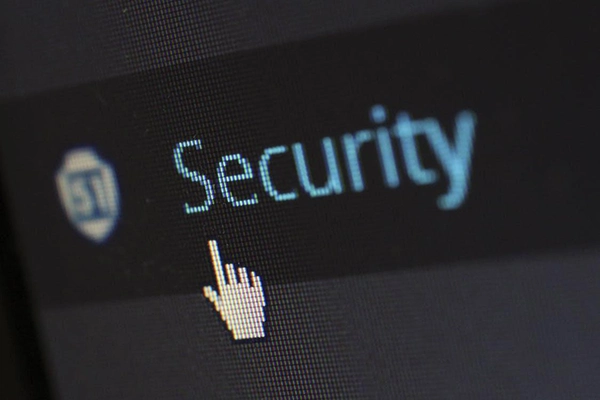Protecting your organization against threats and vulnerable activities can clear your road to reaching the desired objectives and success. With cybercrimes becoming a common occurrence across the globe, you should take into consideration your digital assets attached to the financial and reputational losses.
So for your convenience, we have bought some tried and tested preventative measures and practices to embed in your daily routine and claim your business security.

To start with, first and the foremost practice every company should follow is checking and updating the software and systems on a regular basis or whenever required.
The software update is intended to reduce the patch and technical bugs and ensure a seamless productive space for the employees. Skipping the updates for longer times exposes the system to the scammer’s radar, resulting in vulnerable threats and data breach cases.
Compliance of your data and file with the security laws and regulatory standards is crucial to embed top-notch data security. DSPM, which stands for data security posture management, helps businesses discover new techniques that include monitoring sensitive data, assessing security risks, preventing unauthorized access and more.
The integration of the DSPM can bring you a clear report of your sensitive data, who accessed it, modified it and with whom it was shared for future detailed references.
Weak passwords are like the opened door of your car with the keys inside. It gives a straight invite to the scammers to take a chance to crack your password and acquire your working base. So instead of embedding a simple password that contains your birthdate or phone number digits, think of something out of the box.
For an effective implementation of this practice, the companies aim to use password management tools to assist the employees with storing multiple passwords and generating complex ideas.
One of the most used and found out to be the most prominent is the multifactor authentication. From securing your Instagram account to optimizing your employee IDs and important hardware passwords, MFA brings you a great deal.
The process of MFA is straightforward, someone accessing your account needs to enter the email and password, and a code will be sent to the original owner’s mobile number or linked accounts. Entering the right code opens access to your account, or else it will be denied.
Adhering to the advanced tech trends and innovations in the cybersecurity space, employee training is crucial to help them with practice sessions and learning resources.
Human errors are the most common reasons why a company suffers the vulnerable data breaches. So to overcome that, basic to advanced level training is essential to help them know the signs of the threat including suspecting broken links, recognizing phishing emails and more.
A security-focused culture of society in the business is crucial to building a strong defence against cyber threats. Reminding and repeating the threat causes, preventive measures and security challenges your company is lacking regularly can help educate the employees about their roles and responsibilities besides the work and assigned tasks.
By maintaining a secure and educated environment, businesses can ensure streamlined productivity with a 24·7 monitoring and analysis of the business networks.
The COVID-19 pandemic has introduced the remote culture as the new normal across the globe. Regardless of the size of the company, everyone has established a working remotely culture in their business administration to provide comfort and convenience for both parties.
But taking into consideration the absence of the employees from the office, the respective hardware devices remain at the stake of threats and malicious attacks resulting in heavy damages. Integrating endpoint solutions brings you relief from this stress.
The protection solutions include the installation of antiviruses, malware protections, and mobile device management (MDM) tools to ensure a safe and secure space on your all work-related devices.
The zero trust security model stands for never trust, only verify. So, implementing this model in your organization can minimize the chances of threats and uninvited attacks. The policy follows a simple process that includes that no matter who (insider or client) is accessing the company resources, data and digital assets, they are required to verify their identity.
Using the potential of two-factor authentication can help you analyse the trusted access or some unknown presence. If found something anonymous, you can deny it immediately and implement emergency plans if required to protect the after damages.
So, we have come to the end of the blog post! Remember, searching and planning cybersecurity practices are the prime tasks, but implementing them in your daily routine is the core prerequisite.

Thanks for choosing to leave a comment. Please keep in mind that all comments are moderated according to our comment Policy.